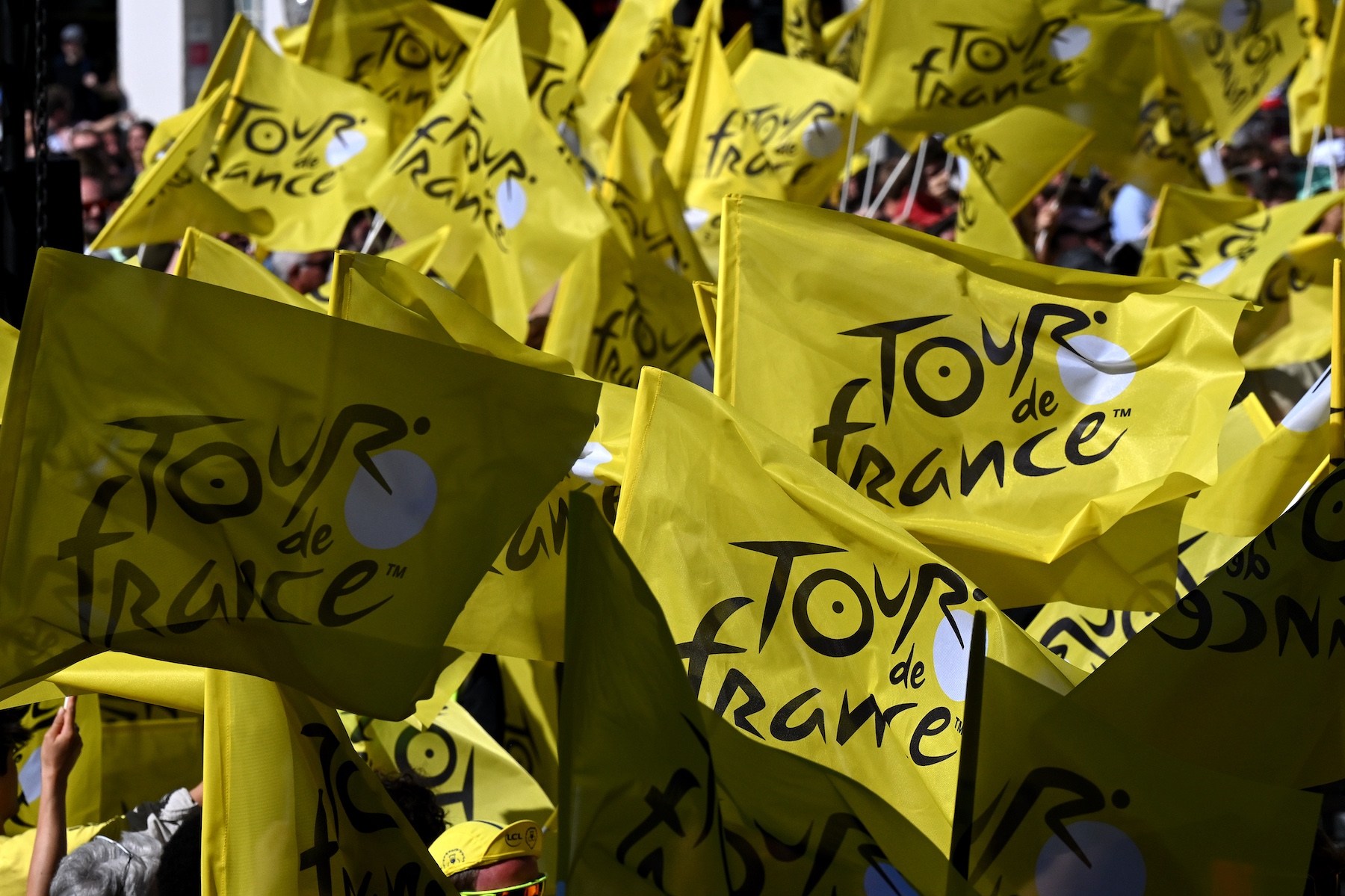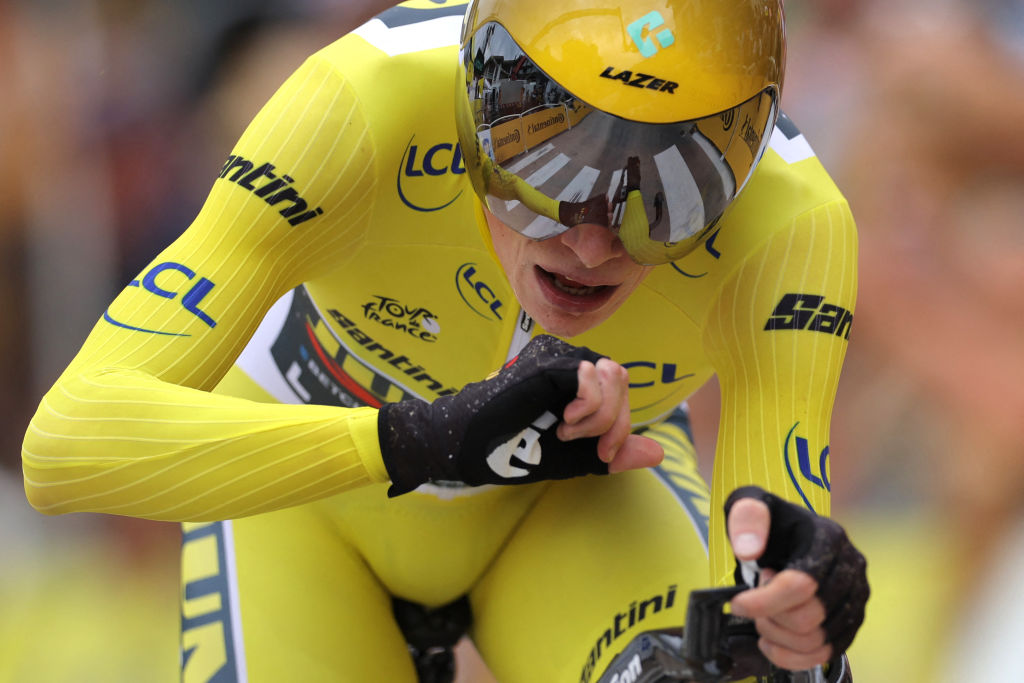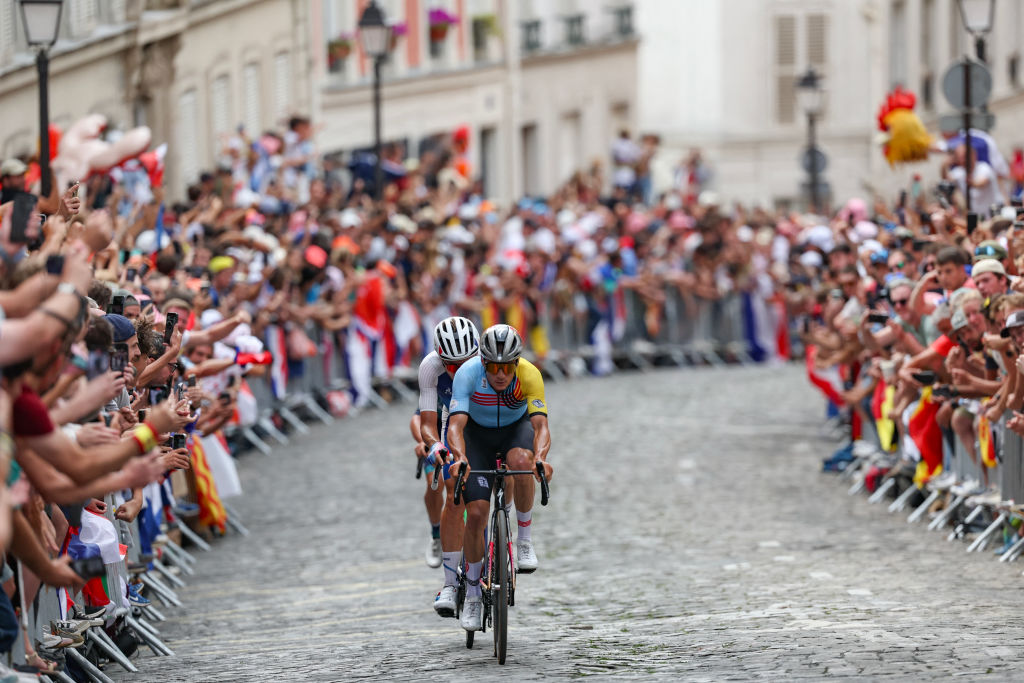Tour de France 2025: Five spectacular and promising stages to look out for
We check out five of the most unmissable stages in this year's race


There are Tour de France stages and there are Tour de France stages, and while they all make up part of the biggest annual sporting event on the calendar that we love, they aren't all created equal.
Starting in Lille on Saturday July 5, the Tour de France comprises 21 stages that take the riders anti-clockwise around France and all the way to Paris on Sunday July 27.
All 21 days, from Lille to Paris, hold the promise of glory for somebody. But some of them are likely to be particularly spectacular and, for the GC riders, perhaps pave the way to the ultimate prize – the yellow jersey in Paris.
We take a look at five stages that promise spectacle or GC fireworks over the next three weeks.
Stage 5: Caen > Caen (ITT, 33km)
The first four days of the race traverse the top of north-east France, offering potential chances for both the sprinters and the puncheurs – but nothing for the GC men.
That changes on stage five though, as the riders switch to their time trial rigs for this substantial 33km test around Caen.
The heading north out of the city and looping back down to finish on the Cours General De Gaulle, also in the city centre, the route is pretty much pan flat.
The latest race content, interviews, features, reviews and expert buying guides, direct to your inbox!
However, it is also long enough to prise open some significant gaps between the GC favourites. This is where the race for yellow in Paris starts in earnest, and while there is still a very long way to go, a minute lost here is likely to make all the difference come the third week.

Jonas Vingegaard triumphs at Combloux, 2023
Stage 13: Loudenvielle > Peyragudes (ITT, 10.9km)
Another time trial, yes, but unlike the Caen stage this one is in the mountains. It's also far shorter at 10.9km, but the climb up to the Pyrenean ski resort to Peyragudes is a very tough one, with 16% ramps near the top and a final kilometre at 13%. It's the sort of unforgiving terrain where it is impossible to hide from a bad day.
Short mountain time trials of this ilk are nothing new to the Tour de France, or to Tadej Pogačar and Jonas Vingegaard. In 2023, for example, stage 16 to Combloux saw the Slovenian shed over a minute-and-a-half on the Visma-Lease a Bike rider, all but putting paid to his GC hopes.
Riders' legs are likely to be further impacted by the fact the stage comes the day after the Tour's first stage in the high mountains, which sees them take on three big Pyrenean climbs, including the Col de Soulor and Hautacam and is liable to turn into a GC dust-up.

Stage 16: Montpellier > Mont Ventoux (171.5km)
Any stage that finishes atop Mont Ventoux is surely a shoo-in for a list of key stages in the Tour de France.
Whether you call it the Giant of Provence, the Windy Mountain, or 'that massive great hill in the distance' it comes down to the same thing – a long, arduous and legendary mountain ascent that is liable to change the course of any race.
Today's stage is all the more challenging given that it comes the day after the second rest day which, without some kind of meaningful activity can leave a rider feeling sluggish and under-par. This is why teams will often have their riders head out for up to three hours – instead of taking what you might assume would be a welcome chance to do nothing at all.
Starting in Montpellier, the stage is not especially long at 171.5km, and until the foot of the Ventoux is flat enough to be a nailed-on sprint stage.
But once the riders hit the small town of Bedoin at 150km, the fun begins and so commences a rapid rise from just 100m altitude to 1,910m. The official stats: 15.7km at a fiendish 8.8%. Sparks will fly.
Stage 19: Albertville > La Plagne (129.9km)
We're in the Alps now, for the final mountain stage, and it's a brute. Five categorised climbs, including a pair of cat-twos, a cat-one and two super-tough hors-catégorie ascents.
The race finishes at the summit of one of the latter, La Plagne. It has only appeared in the Tour four times (three of those last century and most recently in 2002) but still yielded one of the most memorable Tour commentary moments in its history, when Phil Liggett, almost beside himself with a fan's excitement, spluttered that "it's Stephen Roche!" appearing through the fog to stay within reach of rival Pedro Delgado.
Whether this year will produce a moment of similar magnitude we can only hope, but the GC riders are likely to be keeping a keen eye on this stage, and the 17.3km / 7.2% slopes of La Plagne in particular – it will probably be their last chance to win – or lose – the race.

Remco Evenpoel leads the Paris Olympic road race up the Montmartre climb
Stage 21: Mantes-la-Ville > Paris (132.3km)
Despite often being referred to as the sprinters' unofficial world championship, the final stage into Paris will rarely be found anywhere on a list of key stages. This is because – at least up until that final sprint – it is a largely processional stage. There are photo opportunities as the yellow jersey and their team celebrate with champagne, and any desperate last-minute moves on the race lead don't tend to go down particularly well.
This year, though, is different. The race celebrates 50 years of finishing on the Champs-Elysées with a specially-designed route that climbs the Côte de la Butte Montmartre three times before finishing on the Champs-Elysées six kilometres after the last ascent.
The climb featured in the Olympic Games and produced spectacular scenes, though some riders have criticised the hill's inclusion in the final Tour stage, with Jonas Vingegaard saying it could "end up being more stress than we want to have".
It should be a great stage to watch, and while it isn't predicted to alter the top of the GC, with that trio of tough climbs so close to the finish line, you never know.
After cutting his teeth on local and national newspapers, James began at Cycling Weekly as a sub-editor in 2000 when the current office was literally all fields.
Eventually becoming chief sub-editor, in 2016 he switched to the job of full-time writer, and covers news, racing and features.
He has worked at a variety of races, from the Classics to the Giro d'Italia – and this year will be his seventh Tour de France.
A lifelong cyclist and cycling fan, James's racing days (and most of his fitness) are now behind him. But he still rides regularly, both on the road and on the gravelly stuff.
You must confirm your public display name before commenting
Please logout and then login again, you will then be prompted to enter your display name.
